While I’m in the mood, freshly inspired by the e.quinox project, I want to write about a few more super-efficient ‘PCs’ that I’ve been using recently. Both are based on ARM CPUs and show they way for 2011. Later in this article I’ll talk a bit more about technologies to watch out for.
Tag Archive | "solarumpc"

E.Quinox Solar Project needs Your Support
Posted on 07 November 2010
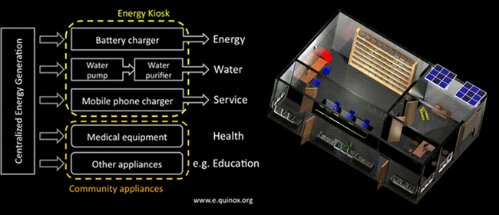
Its been a few months since I’ve posted anything to the solar pc blog but having just watched a BBC World program about e.Quinox and their energy kiosks I felt it was time.
The program is available on YouTube and worth a watch. What struck me was that the two most talked about advantages of the energy kiosks were for providing light and mobile phone charging! I bet that low-cost, low power mobile computing will come into scope soon too.
From the e.quinox website:
The ‘Energy Kiosk’ is a solar charging station, where the local population can charge their batteries for a small fee. At home they can use the energy for lighting, phone charging and to power a radio.
Ill be taking a closer look at this to find out more about their technical solution to see if I can apply it to my own work. I do my solar projects for fun but these guys are doing it for the perfect reason – to improve peoples lives. If this blog raises just a little bit of awareness it will make my project more worthwhile.
So why do they need your help? It’s because there entered the World Challenge. If you vote for them and they win, they get money to develop the project further. You can vote for them here.
They are also on Twitter

45,000 Solar Panels going out with OLPCs
Posted on 25 August 2010
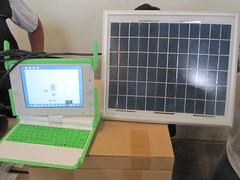
One of the 45,000 solar panels that are currently being distributed
Originally uploaded by Christoph Derndorfer
Awesome.
Christoph Derndorfer (@random_musings on Twitter, http://christoph-d.blogspot.com/) is out in Lima with the OLPC project and he’s just posted this image on Flickr.
45,000 of these panels are currently being distributed.
I’m hoping Christoph has the time to post a bit more about the panels. Power rating is probably in the 7-12W range by the looks of it. I wonder how much they’re costing. The 24W panel I bought cost over 300 Euro!

Viliv S10 Netbook as Solar-Powered Desktop (Cont’d)
Posted on 20 July 2010
I talked yesterday about my testing with the Viliv S10 and my 24w solar panel. Today I’ve implemented the solution as my desktop PC.
Previously (for the last 5 months) I had been using a Fujitsu U820 UMPC as my desktop. It was running Windows XP on a Intel Atom 1.6 CPU. The Viliv S10 is running Windows 7 Home Starter on the same Atom 1.6 CPU. Both solutions use a fast SSD. You can see that I have it set up to drive an external monitor, mouse and keyboard but I’m still using the screen on the S10 as an extended monitor. With the extended screen, Windows 7, quieter operation and a better USB solution (the USB bus on the U820 would often reset causing a keyboard and mouse lock-up) this is a better working solution than I had before.
Cont’d…

Simple Off-Both-Grids Solar Computing Solution with the Viliv S10
Posted on 19 July 2010
I’ve just done an interview with the HomeofSolarEnergy website which I guess will be posted soon. The best thing about it was that it got me unpacking my solar panel and thinking about a simple solar powered computing solution again.
Update: The Interview on Home Of Solar Energy is available here.
I mentioned the Viliv S10 in an article about solar-powered computers for 2010 and it turns out that it has the same 9.5v input as the Viliv X70 tablet. Having an input voltage below 12V is always an advantage and it’s even better when the X70 car adaptor works on the S10. I threw out the panel, connected it to the car adaptor and S10 and we’re away. I now have a 3G-capable, Windows 7 convertible netbook running directly from the sun.

Solar Powered PC for 2010 – Pt2
Posted on 22 February 2010
 In my last post I wrote about the Viliv S10, a super-efficient Windows-based PC that would serve well for solar-powered work duties. Last week at Mobile World Congress in Barcelona I tested out another interesting bit of kit. This one looks much the same but in terms of internals, it’s like chalk and cheese compared to the S10.
In my last post I wrote about the Viliv S10, a super-efficient Windows-based PC that would serve well for solar-powered work duties. Last week at Mobile World Congress in Barcelona I tested out another interesting bit of kit. This one looks much the same but in terms of internals, it’s like chalk and cheese compared to the S10.
The Compaq AirLife 100 is basically a smartphone cased in a netbook housing with a 10″ touchscreen and an estimated 30wh battery. The operating system is Android which has a great browser (although not as good or fast as Firefox or Chrome would be on the S10) and the ability to run many Android applications. The build quality is good, the keyboard is good and with 3G and Wifi built-in, connectivity is also good but the fantastic thing about this one is that it can idle with the screen off for DAYS instead of hours. In theory (untested) this little baby could run, connected to GPRS data providing 30-second GPS (built-in) location updates and polling email or similar services for about 3 days on a single charge. To top it off, it’s even more efficient than the S10 when running at full steam AND it weighs about 25% LESS!
With a 16GB SSD topping off the specs you’ve got a great lightweight, semi-rugged possibility.
- Est. 10 hours connected use (screen on, 3G on)
- Est. 150 hours occasional automatic GPS location uploads via cellular data.
- Est. 20 hours low-backlight typing. (wifi, 3G off)
- Add a 60wh power pack and if you’re careful with back-light and connectivity, you’ll get a weeks work out of it….in about 1.3KG!
This isn’t going to be the fastest productivty device you’ve ever used but if efficiency is more important than processing speed, the Airlife 100 will take some beating.
The Airlife 100 is due in the Spring and i’m quite excited to test it out longer term.
Check out my hands-on with the device at MWC last week:

A Solar-Powered PC for 2010.
Posted on 31 January 2010
 I’d love to get out an do another Solar Computing Tour in 2010 but I’ll have to plan it carefully. Our new baby is due in March so maybe I can pull a long weekend together in late August but we’ll have to see how things go.
I’d love to get out an do another Solar Computing Tour in 2010 but I’ll have to plan it carefully. Our new baby is due in March so maybe I can pull a long weekend together in late August but we’ll have to see how things go.
It doesn’t stop me thinking about solar computing though and in this post I’m going to compare a set of devices and some technologies that will be important for the job of Solar PC 2010.
Before I do that I want to highlight a few things that really haven’t changed much in the last 3 years. It’s a sad story of minimal progress.
- Solar panels – NOTHING has changed. They’re still expensive and inefficient.
- Battery Tech – NOTHING has change. They are still expensive and use the same technology as before.
- Operating system choice – Nothing has really changed. If you want to work efficiently you need to choose the same OS as you use on the desktop. Mobile operating systems have come a long way but there are still too many potential roadblocks for the average productivity user. Windows 7 is nice but compared to XP it’s less efficient which in my book, makes it the best choice for efficient and productive mobile computing.
- Screen technology. Outdoor users are still fighting the sun with LED backlights although this is a great step forward from the CCFL backlighting I used in 2007. Transflective screens are coming in 2010 though. See below.
- Weather – Ah, there’s something that hasn’t changed much either! Still, constant chaos. (Thank goodness!)

Mobile Solar Computing with the Viliv X70 UMPC
Posted on 16 June 2009
I just wanted to give you solar computing fans a quick heads-up on a new solution that you should consider. The Viliv X70 EX.
I’ve been testing it for the last week and as a standalone UMPC its a really flexible solution. SSD and 3G options, high quality build and very long battery life. In tests, I’ve been getting 5-6hrs battery life and seeing great productivity levels using either the on-screen keyboard or a USB keyboard and mouse. The best thing is that the car-kit includes an adaptor plug for 12v => 9.5 but the input voltage can rise to 24v making it perfect for attaching direct to a 24w or even 12W solar panel. One issue however is the gloss finish on the screen. Viliv are producing a filter though so this should help a lot. I will get one and test it soon.
Initial plug-in test worked but I need to work-out the minimum sun power level needed and the full-sun charging time.
Stay tuned for more test results. In the meantime, check out my full review at UMPCPortal.
 |
| |||
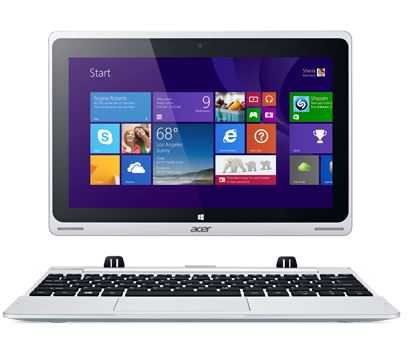 |
| |||
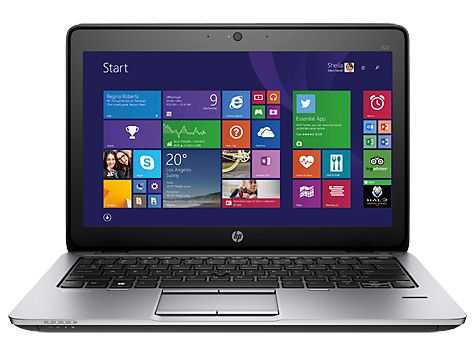 |
| |||
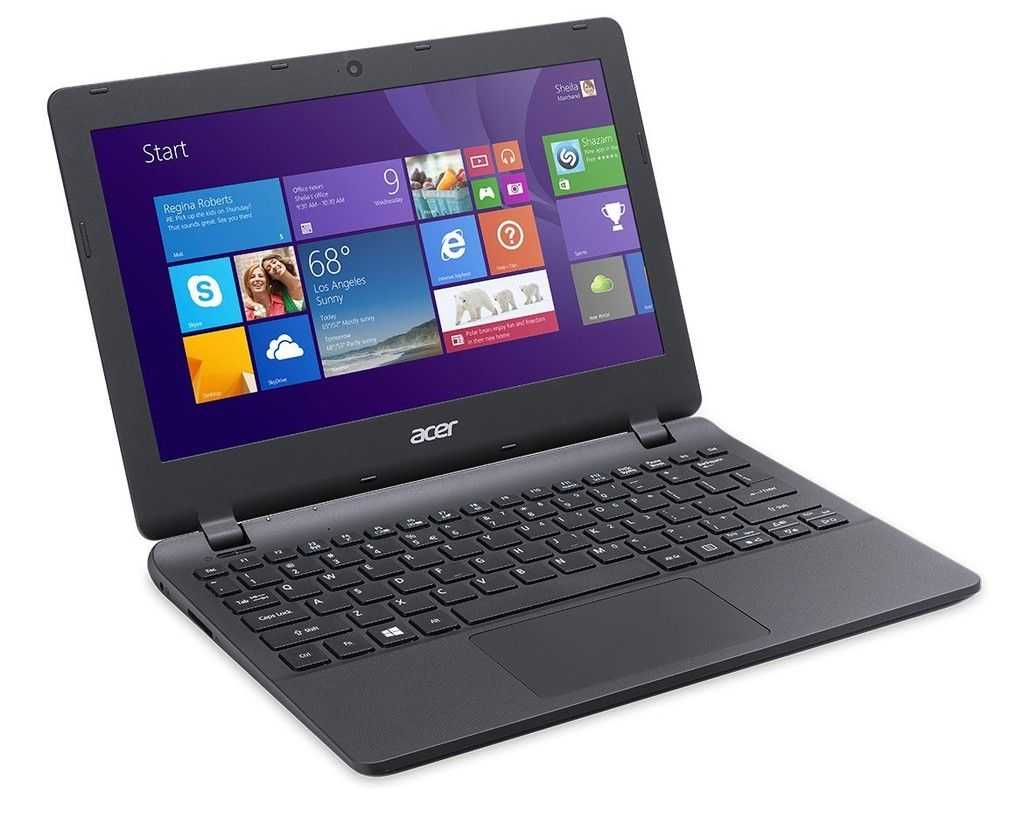 |
| |||
 |
| |||
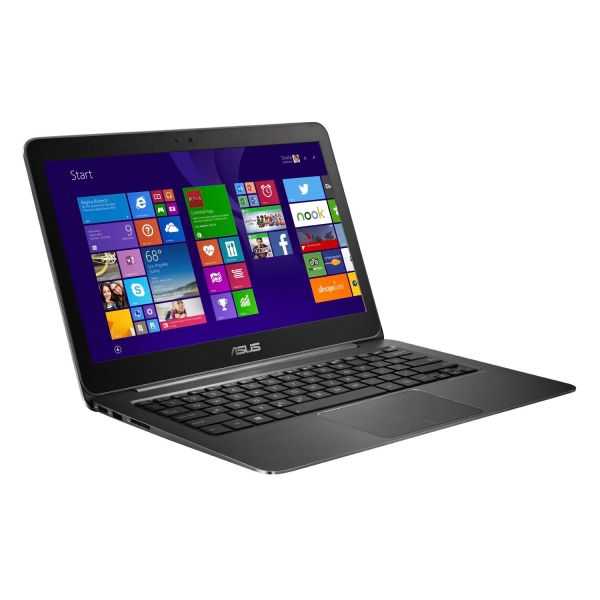 |
| |||
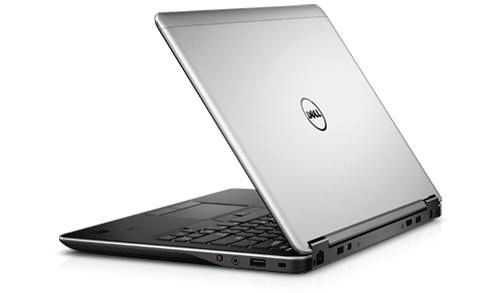 |
| |||
 |
| |||
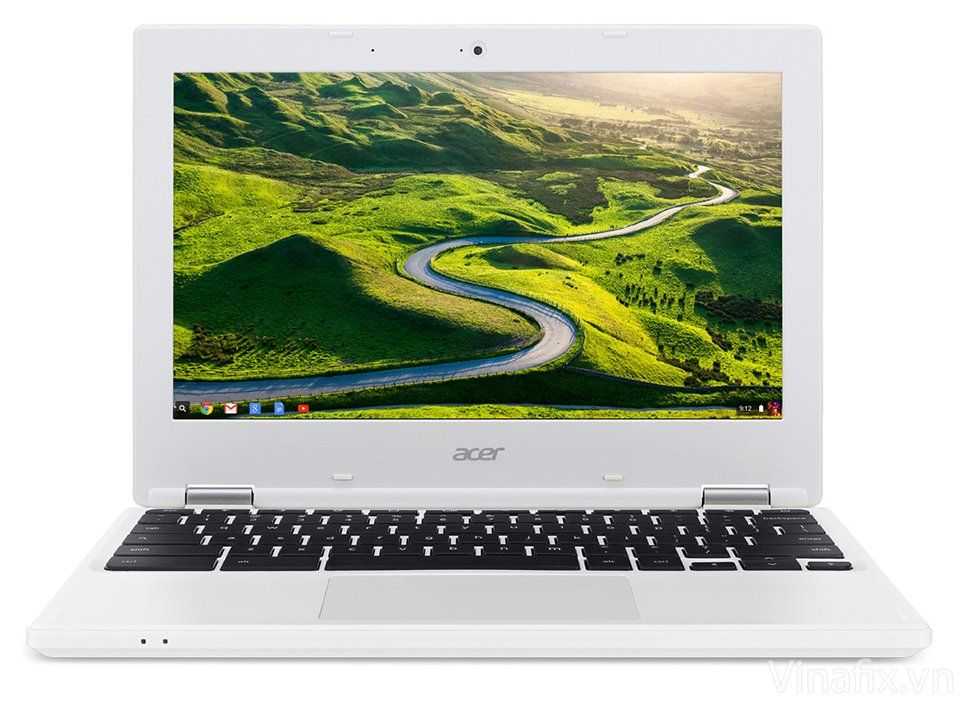 |
| |||
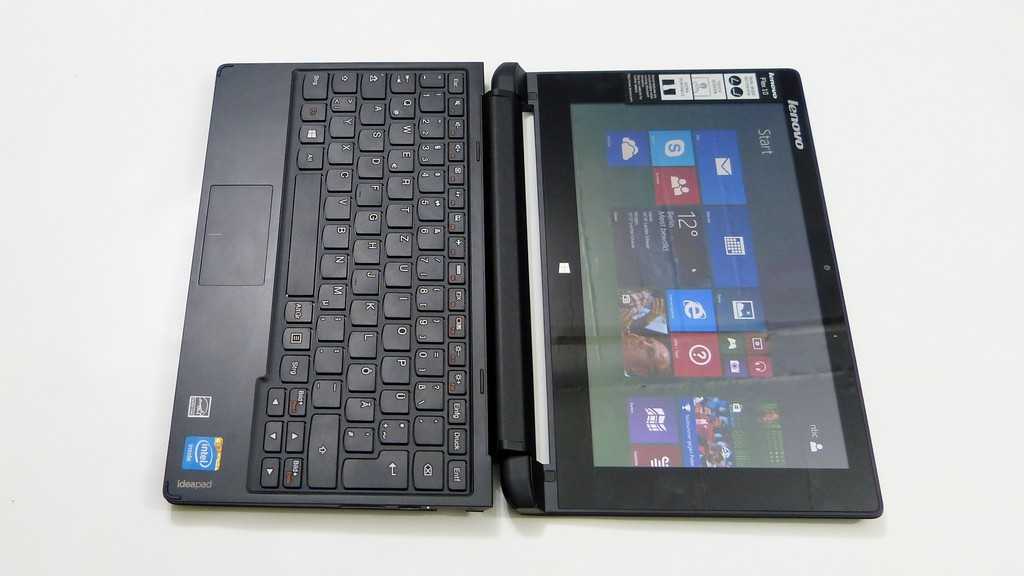 |
|







